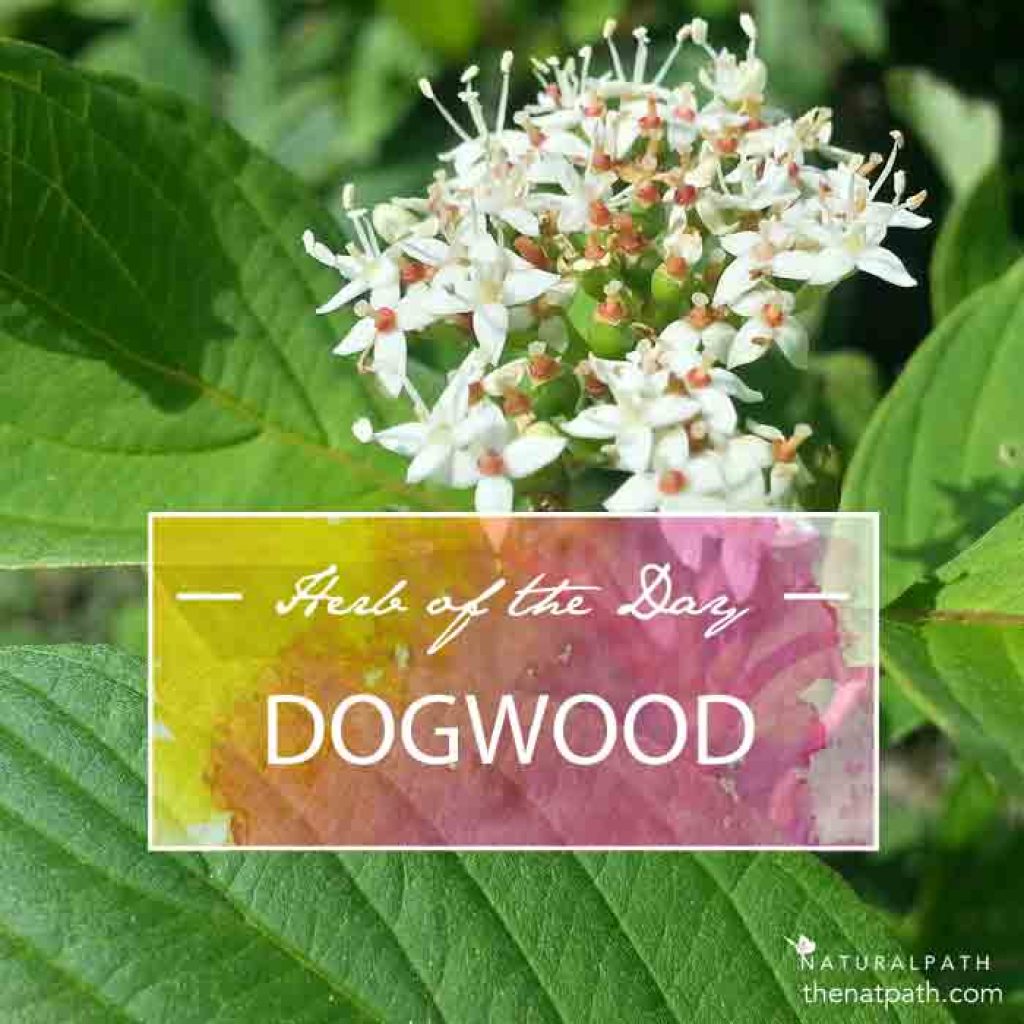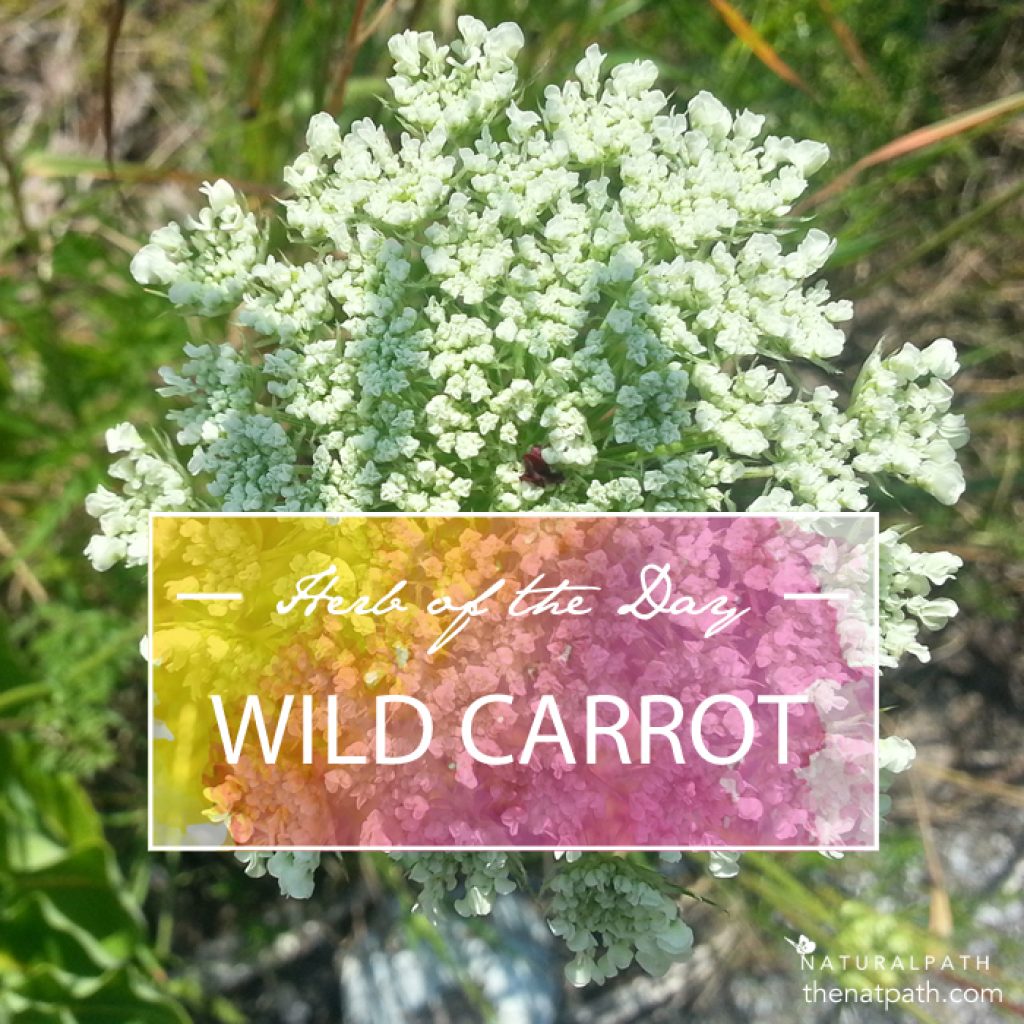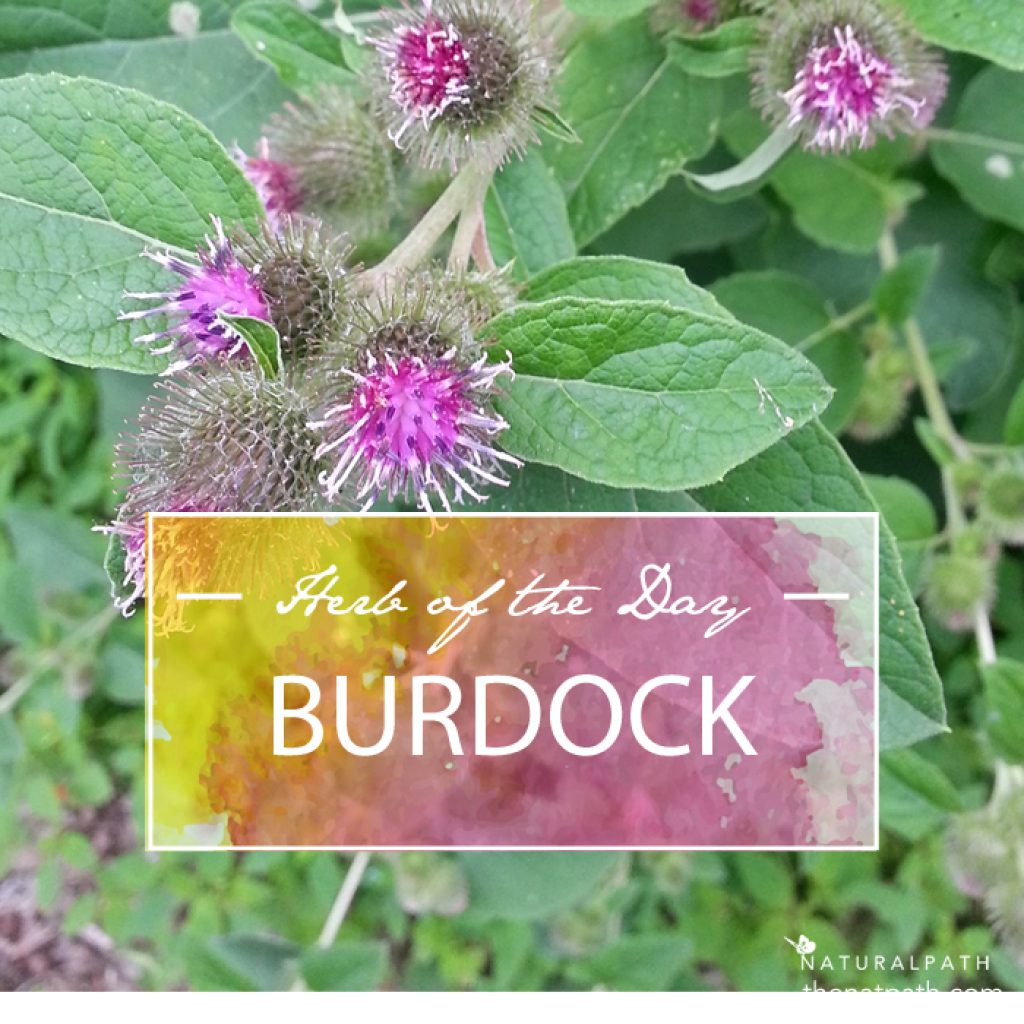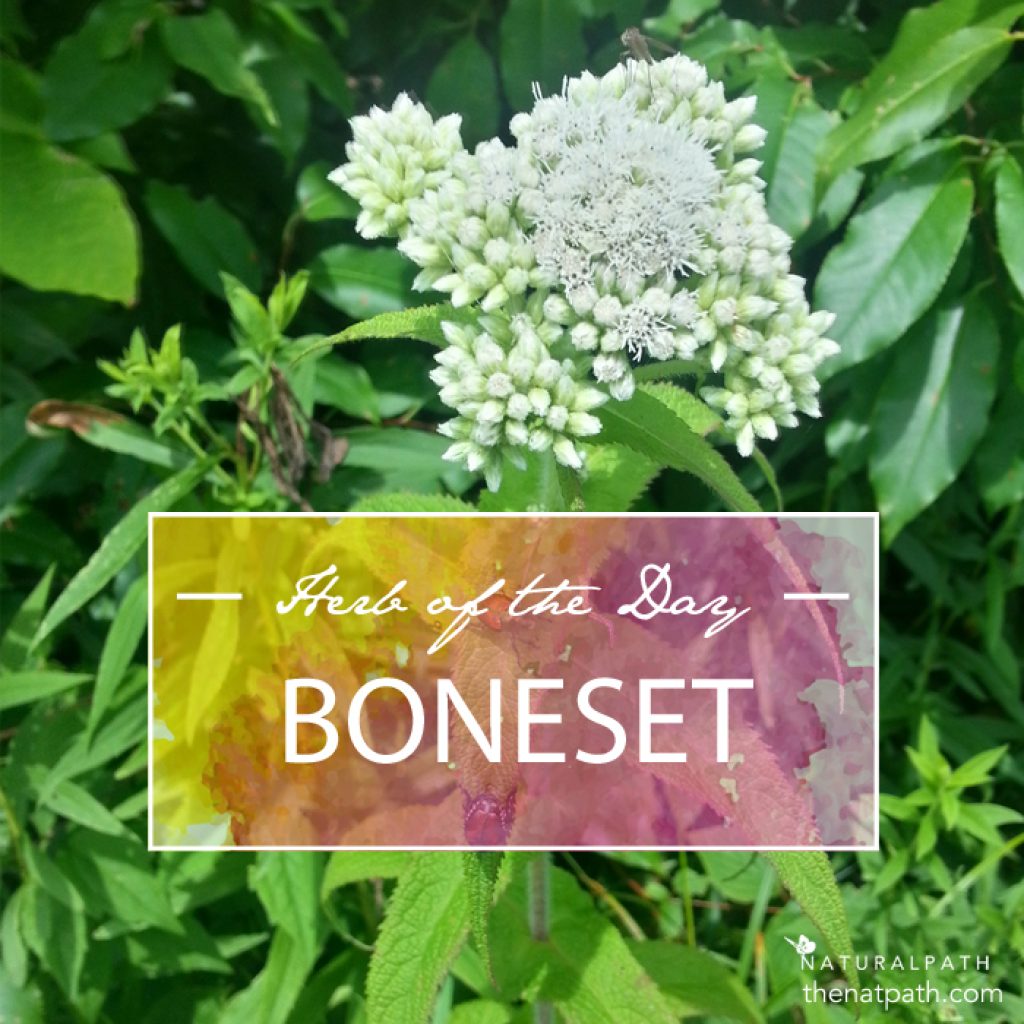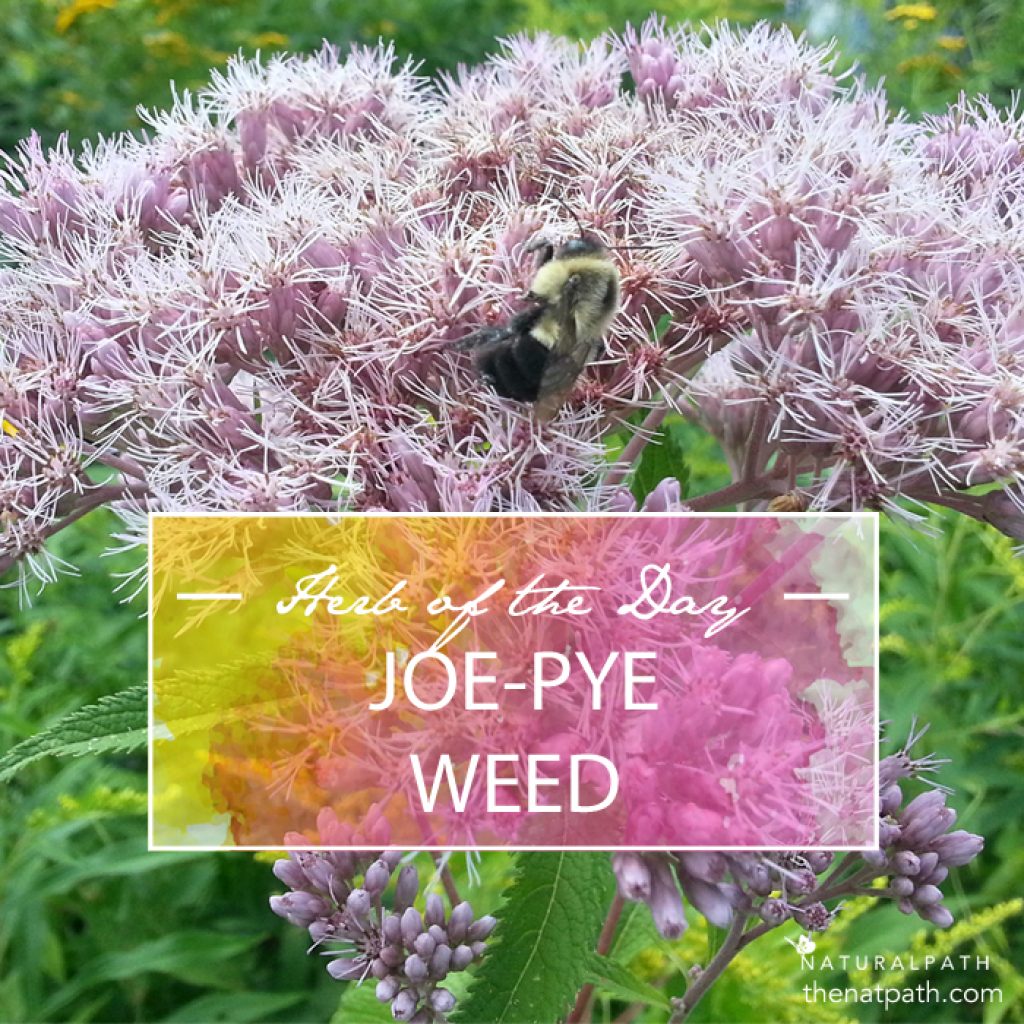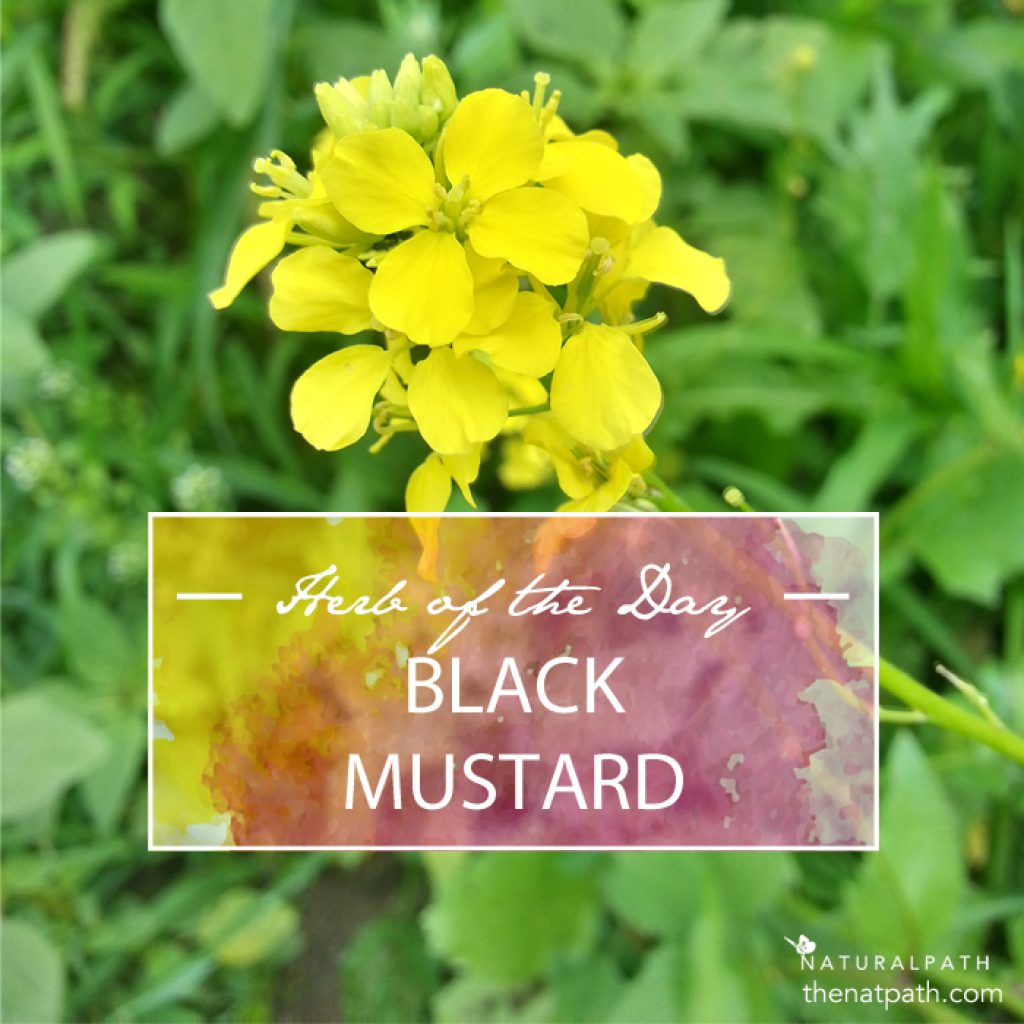Herb of the Day: Calendula
Dr. Jennifer Williamson Even though this exercise in writing about medicinal plants I find near my home is 100% self-imposed, I feel like I am cheating a little with this one. My neighbor planted these flowers in our front yard so that she could harvest them for her own medicine making. I didn’t find it […]


